
No two people, let alone architects, perceive even the most frequented cities in the same way. How do designers experience their cities as locals?
Many a listicle have mentioned Copenhagen as one of the most livable cities in the world with the happiest residents. How could that be? “Perhaps [it is] because Copenhagen is designed for people — for life. From architecture to infrastructure to food and culture, Copenhagen has plenty to offer”, describes Jens Bertelsen, CEO and a founding partner of locally based practice Bertelsen & Scheving. Archinect reached out to the firm, and Bertelsen shared some of his favorite undiscovered places around town that the architecturally inclined traveler is sure to enjoy.
From Nørreport to the hip Nørrebro

Experience the streets with LOTS of bicycles. Watch the cyclists and the newly rebuild Nørreport train station. Take a walk from Nørreport St. to Queen Louise’s Bridge and experience the tons of cyclists and pedestrians at what has become an unusually popular hangout, especially on warm and sunny afternoons. Find a café on the Nørrebro-side and be captivated by the lakes and the stunning view over the city.

Queen Louise's Bridge
Take a walk from Queen Louise’s Bridge along Nørrebrogade, which is the major shopping street. Here you will experience how the city in a few years (from the end of 1800) has transformed from small industries mixed with residential flats for workers — to a hip neighborhood for students and hipsters.

KEA - The Copenhagen School of Design and Technology
After a few minutes, walk down Nørrebrogade you will pass KEA - The Copenhagen School of Design and Technology. KEA is situated in an old industry building, now transformed into an open space teaching environment. Notice the head entrance via bicycles directly into the cellar.
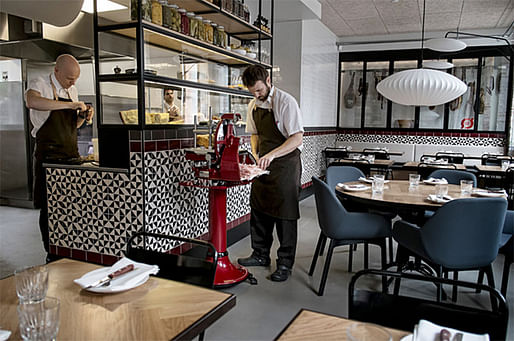
Bæst
Then turn right to Guldbergsgade and here you will find the organic restaurant Bæst, owned by Michelin-awarded chef Christian Puglisi, and taste the amazing pizzas.

Sankt Hans Torv
Walk the beautiful route from Guldbergsgade to Sankt Hans Torv, and on to Fælledvej and back to Nørrebrogade.
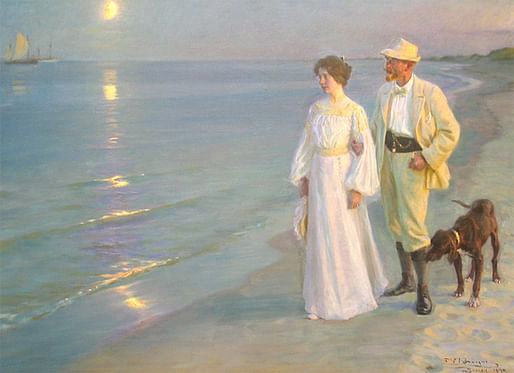
A fine historical house (1911) and museum with plenty of paintings from the so-called Golden Age in Danish art history. The preserved building represents the transformation from historicism to neoclassicism and is situated in a beautiful park facing the National Museum of Art.
The garden of The Royal Library
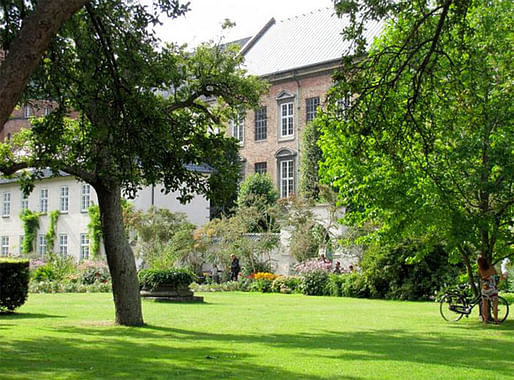
The garden constitutes a small oasis in the heart of the city rarely used by the public. Situated next to the Parliament, you have a chance of meeting a politician taking a break in the debate — and meet students who just enjoy the beauty before returning to the old books in the library.
In the corner, you will find the small and beautiful Danish Jewish Museum, designed by Daniel Libeskind.
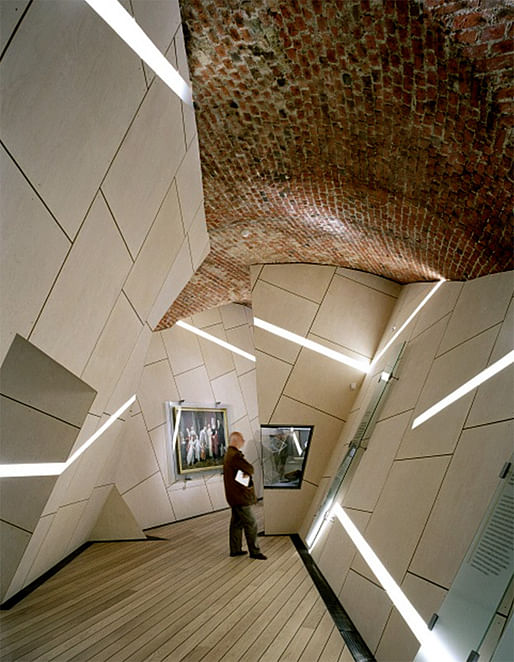
Danish Jewish Museum
Christiansborg’s Riding grounds and museum

The Riding Grounds and the Museum of the Royal Mews and Coaches is a place to visit to experience elegantly crafted arches and pavilions from the Rococo-period (1740) as well as museum and stables with Rococo Art interieur. One of the most beautiful place3s designed by architect Nicolai Eigtved, who also designed what today is The Royal Palace, Amalienborg.
Royal Danish Horticultural Society Garden
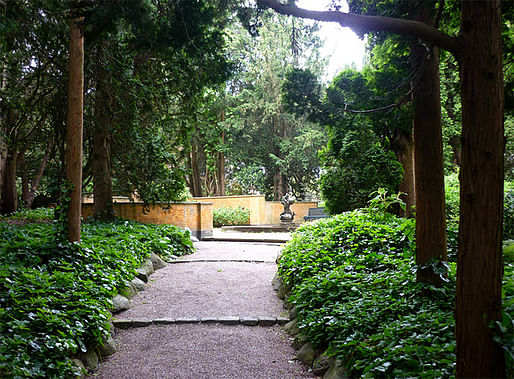
An oasis known to few and used by less. The rare trees and flowers offer an array of excitement and inspiration to explore. The garden was designed in 1884.
FOOD
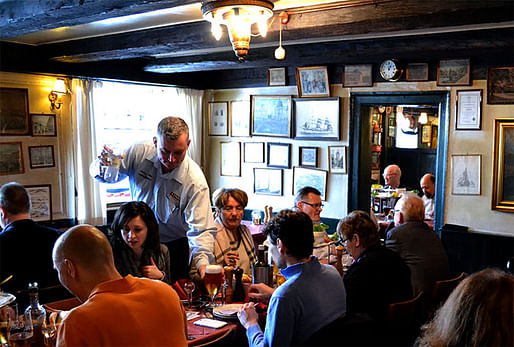
A very Danish experience. Kanal Cafeen is a genuine Copenhagen lunch restaurant with traditional Danish open sandwiches of great quality. It is dark, “hyggelig”, warm and friendly. [They have been located at this site] since [circa] 1860.
Christianshavn Boat Rental and Café

A nice spot where you will sit in line with the water and are able to follow the daily activities and life at the waterfront. If it is windy or cloudy, all outdoor restaurants have blankets!
DAYTRIP

The Maritime Museum of Denmark is located in Helsingør just a 45-minute drive from Copenhagen. [Designed by BIG,] the concept is new, fresh and fun! Definitely worth the drive!
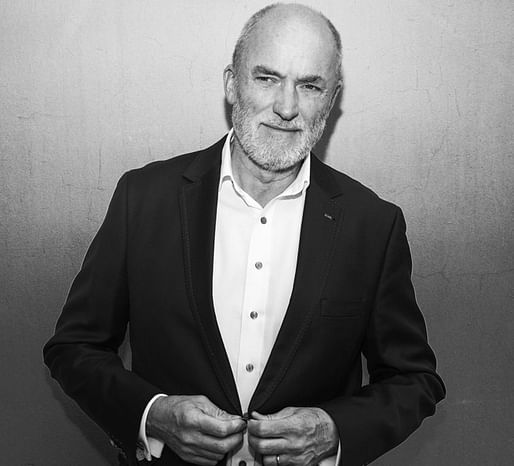
Jens Bertelsen is the CEO and a founding partner of Bertelsen & Scheving, a leading architecture firm working in the restoration and transformation of existing buildings, from the Queen's palace to old industrial constructions. From 1983 to 1991, Bertelsen was the editor at Architectural Press, and in 1988 he established his own studio. Bertelsen's special interest is heritage, the city and the economic and social mechanisms that control, develop and tell city history, as well as the opportunities that lie in close interdisciplinary cooperation in the process of developing a sustainable strategy for project development. He is also an exhibition curator and is behind a number of prize-winning books on art, cultural and historical buildings and architecture.
All photos courtesy of Bertelsen & Scheving.
Check out Archinect's previous travel guides here.
And listen to our interview with Jens Bertelsen on Archinect Sessions One-to-One!
1 Comment
Thanks for posting... I hope to visit soon, and am glad for the great place-tips.
Block this user
Are you sure you want to block this user and hide all related comments throughout the site?
Archinect
This is your first comment on Archinect. Your comment will be visible once approved.